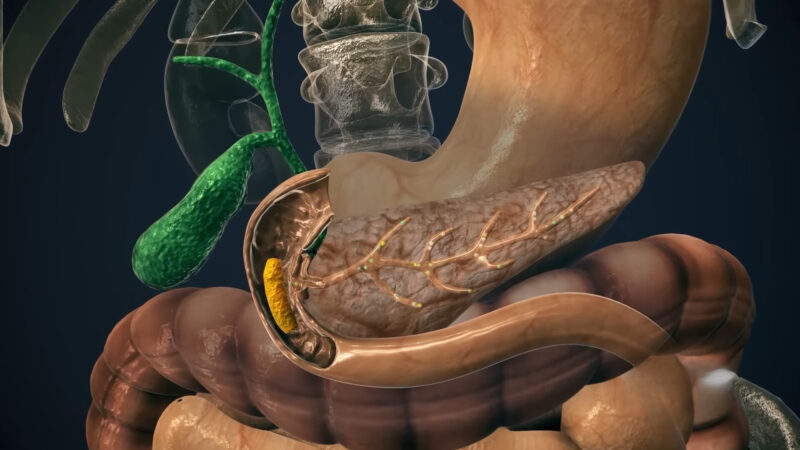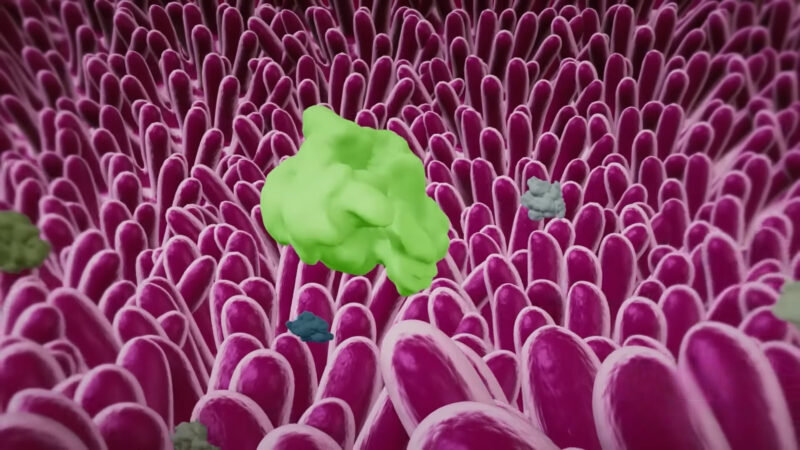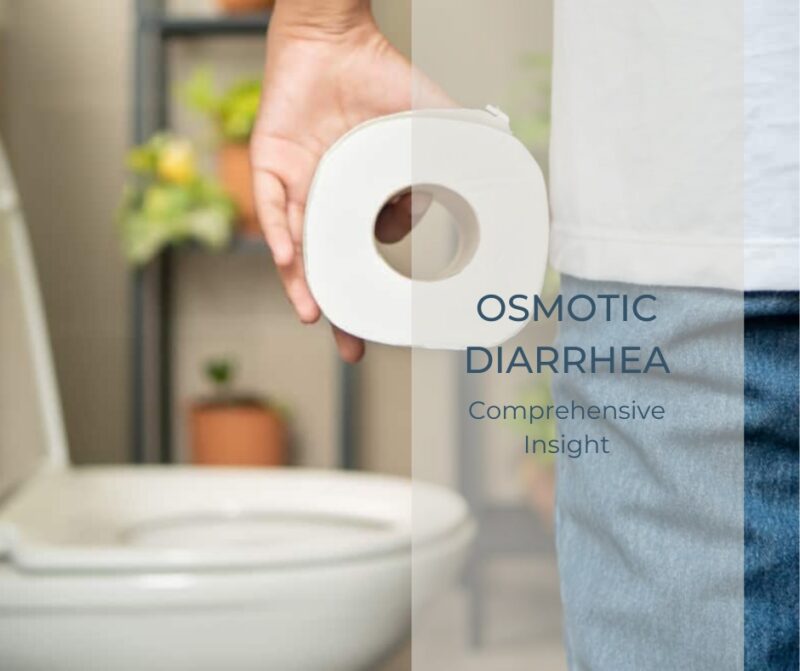Osmotic diarrhea is a condition that many might have heard of but few truly understand. This article aims to shed light on this topic, making it easily digestible for a diverse readership. Whether you’re a medical professional, a curious individual, or someone who has experienced this condition firsthand, this article will provide valuable insights into the world of osmotic diarrhea. Let’s dive into the first three sections of this comprehensive guide.
A term that might sound complex, but its definition is rooted in the basic principles of biology and physiology. Let’s break it down to understand it better.
Specific type of diarrhea that arises due to the ingestion of substances that the body finds difficult to absorb. These substances, although poorly absorbable, have a strong osmotic effect, which means they can draw water into the intestines. This influx of water is what leads to the symptoms of diarrhea.
The primary culprit behind osmotic diarrhea is the presence of osmotically active solutes in the gastrointestinal (GI) tract. These solutes hinder the proper absorption of water and electrolytes in the GI system. The result? A watery stool that can be both uncomfortable and concerning for the individual experiencing it.
Clinical Consequences

The clinical manifestations of osmotic diarrhea can vary, but there are some common symptoms and consequences that individuals should be aware of. Recognizing these can be the first step towards effective management and treatment.
They are typically characterized by their large volume and watery consistency. One of the distinguishing features of this type of diarrhea is that it usually subsides upon fasting. This is because, once the ingestion of the poorly absorbable solute is stopped, the body can begin to recover and return to its normal state.
It’s essential to understand that the symptoms of osmotic diarrhea are directly linked to the presence of these poorly absorbable solutes in the GI tract. Once these solutes are no longer ingested, the body can start the healing process, leading to a reduction in the symptoms of diarrhea.
Pathophysiology
To truly grasp the concept of osmotic diarrhea, one must delve into the pathophysiology behind it. This section will elucidate the processes and mechanisms at play when one experiences osmotic diarrhea.
The process of intestinal water absorption is purely passive. This means that the intestines don’t actively “pull” water into the bloodstream. Instead, water absorption occurs via osmosis, a process where water molecules move from an area of low solute concentration to an area of high solute concentration. This movement follows the resorption of osmotically active electrolytes, with sodium being the principal player.
However, when there’s a high concentration of inabsorbable, osmotically active solutes in the intestinal lumen, water absorption is hindered. The water that can’t be absorbed remains in the intestines and is eventually excreted in the form of watery diarrhea.
Etiologies

Now that we’ve understood the mechanism behind osmotic diarrhea, it’s crucial to identify its common causes. Knowing these can help in both prevention and treatment.
The most prevalent cause of osmotic diarrhea is lactose intolerance. This condition arises when the body cannot properly digest lactose, a sugar found in dairy products. For lactose to be absorbed, it needs to be broken down into its component monosaccharides by an enzyme called lactase. Without lactase, lactose remains in the intestines, drawing water into the lumen and causing diarrhea.
Furthermore, some laxatives are designed to exploit this mechanism. They are composed of poorly absorbable osmolytes, which, when ingested, lead to increased water in the intestines, thus promoting bowel movements.
Stay tuned for the subsequent sections where we’ll delve deeper into the diagnosis, treatment, and preventive measures for osmotic diarrhea. Whether you’re a patient seeking answers or a healthcare professional looking to enhance your knowledge, this guide aims to be your comprehensive resource on the subject.
Diagnosis
Diagnosing is a crucial step in its management. A correct diagnosis not only helps in formulating an effective treatment plan but also aids in understanding the underlying cause of the condition.
The diagnosis primarily involves a combination of clinical history, physical examination, and specific diagnostic tests. The presence of osmotic diarrhea can be suspected when the stool osmotic gap is more significant than usual. This gap is calculated using the formula: 290 – 2x ([Na+] + [K+]) of the stool, where [Na+] and [K+] represent the concentrations of sodium and potassium, respectively.
A stool gap of more than 100 mOsm/kg is suggestive of osmotic diarrhea. Additionally, as mentioned earlier, the cessation of diarrhea upon fasting is a characteristic feature that can aid in the diagnosis.
Laboratory Tests

Laboratory tests play a pivotal role in confirming the diagnosis of osmotic diarrhea and ruling out other potential causes.
Stool analysis can provide valuable information about the nature of the diarrhea. For instance, the presence of reducing substances in the stool can indicate malabsorption of carbohydrates, a common cause of osmotic diarrhea. Additionally, a pH test of the stool can be conducted. A pH of less than 5.3 is indicative of carbohydrate malabsorption.
Lactose tolerance tests can also be performed, especially when lactose intolerance is suspected. In this test, the patient consumes a lactose-rich solution, and blood glucose levels are measured at regular intervals. A minimal rise in blood glucose suggests lactose malabsorption.
Treatment
Once a diagnosis of osmotic diarrhea is confirmed, the focus shifts to its treatment. The primary goal of treatment is to alleviate symptoms and address the underlying cause.
The cornerstone of osmotic diarrhea treatment is the identification and elimination of the offending agent or solute. For instance, in cases of lactose intolerance, a lactose-free diet is recommended. Similarly, if the diarrhea is due to the ingestion of certain medications or laxatives, discontinuing them can lead to symptom resolution.
Medications and Therapies
While eliminating the causative agent is the primary treatment approach, certain medications and therapies can provide symptomatic relief.
Antidiarrheal agents, such as loperamide, can be prescribed to reduce the frequency and volume of stools. However, they should be used with caution and under medical supervision. In cases where dehydration is a concern, oral rehydration solutions (ORS) can be administered to replenish lost fluids and electrolytes.
Probiotics, which are beneficial bacteria, can also be considered. They help restore the natural balance of the gut flora, potentially aiding in the treatment of osmotic diarrhea.
Prevention
Prevention is always better than cure. Understanding the preventive measures can significantly reduce the risk of developing osmotic diarrhea.
The primary preventive strategy revolves around dietary modifications. Being aware of one’s food intolerances and allergies can help in avoiding the ingestion of offending agents. For instance, individuals with lactose intolerance should opt for lactose-free dairy alternatives.
Education and Awareness
Raising awareness about osmotic diarrhea and its causes can go a long way in its prevention.
Educational campaigns can inform the public about the common causes of osmotic diarrhea and the importance of seeking medical advice when experiencing persistent symptoms. Furthermore, reading food labels, understanding the ingredients, and being aware of one’s dietary sensitivities can play a significant role in preventing this condition.
Final Words
In conclusion, while uncomfortable, is a treatable condition. With the right knowledge, diagnosis, and management strategies, individuals can lead a symptom-free life. Whether you’re a patient, a caregiver, or a healthcare professional, understanding osmotic diarrhea is the first step towards effective management.

